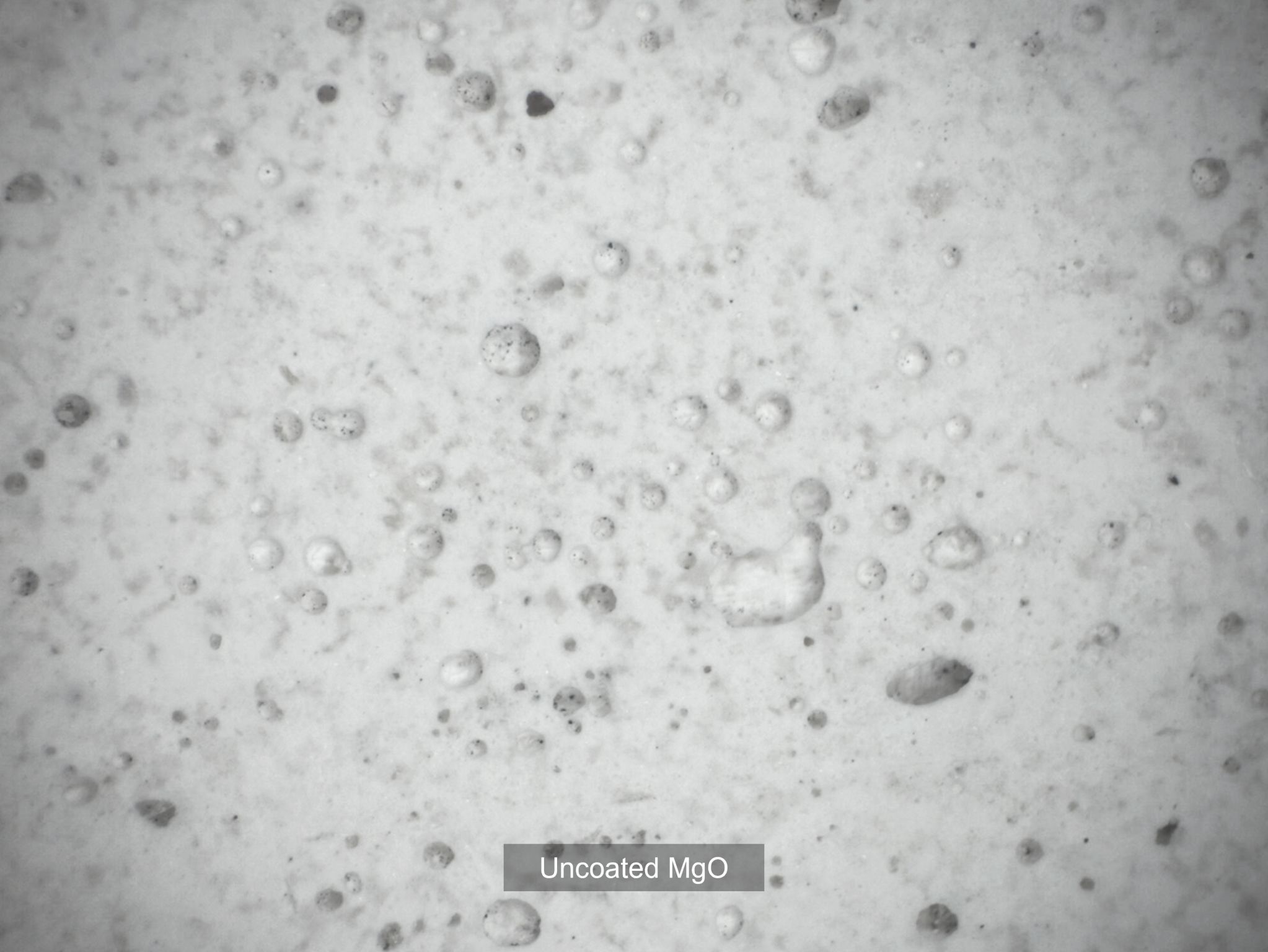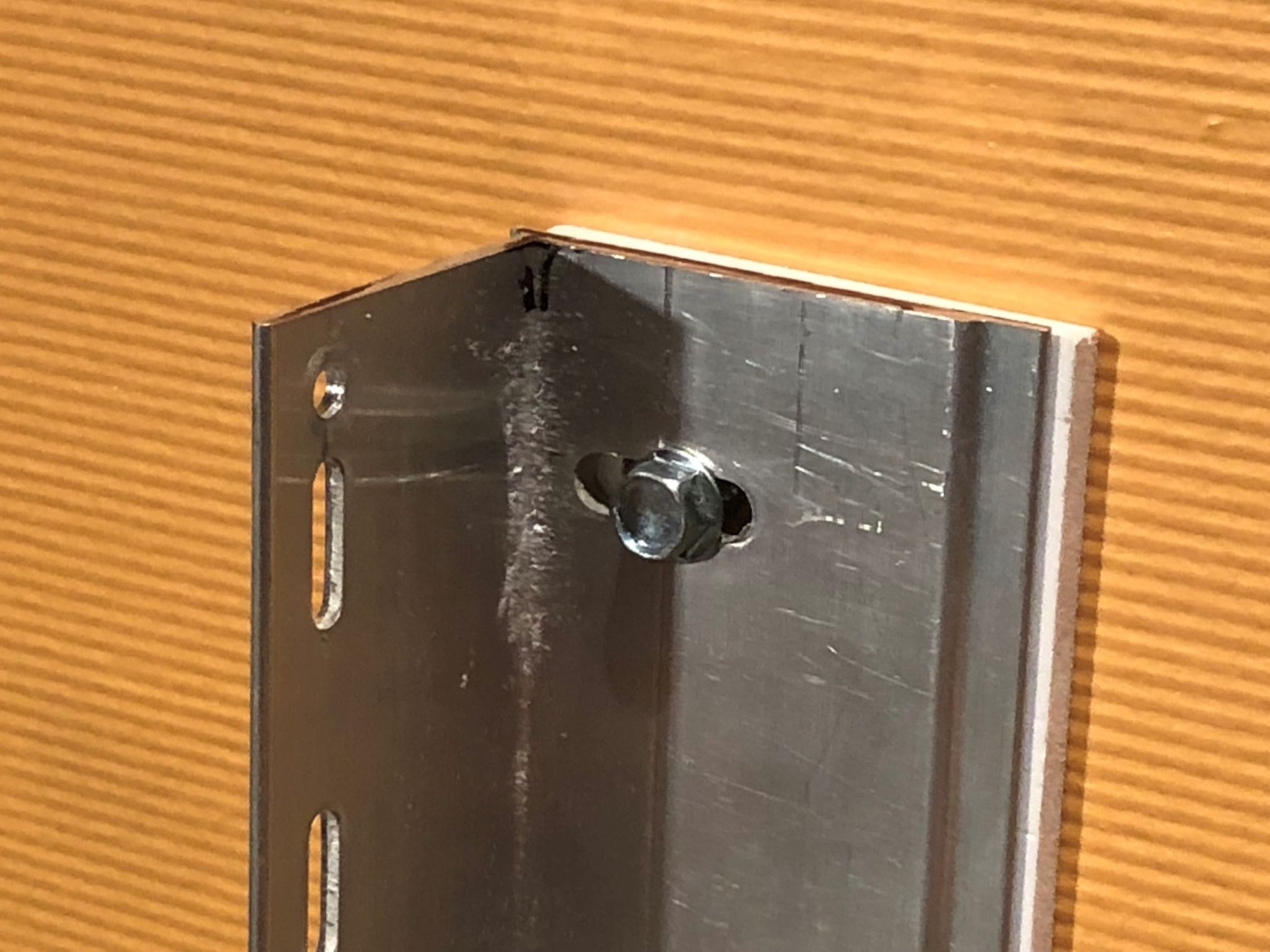Tags: #buildingdesign #buildingenclosures #buildingenvelopes #buildingmaterials #buildingproducts #buildingscience #materialsscience #roguethinking





Those smitten with the pure convenience of integrated panels need not read further. After all, if the importance of properly treating fasteners and joints escapes you, then everything else seems truly obscure. Some emerging issues with real-world implications…
Integrated Vs Integral – There is a difference. Any panel that willingly allows water to migrate into its substrate serves as an INTEGRAL panel – not an INTEGRATED panel. Water that migrates into such a panel is ignored. That’s all I have to say about that.
Surface Topography – Whether by design or by manufacturing artifact, surface features can drive failures. These include undulations, grooves, textures, facers, discontinuities, and exposed surface pores. Does the paired liquid flashing complement them – or does it make matters worse by leaching plasticizers? Do tape adhesives flow into these irregularities? Do they stick at all? Key to this planar way of thinking is knowing that the integrated WRB is never properly lapped per se. In essence, everything is ‘reverse lapped’. To defy these surface topographies requires the marriage of planes so that their multitude becomes one.
Liquid Flashing and Tapes – I think integrated WRB panels should be renamed to “flashed panels’ or ‘taped panels’. Only then will people realize the importance of these critical elements. Instead, they are seen as afterthoughts. Flashings and tapes only work when they bond and the best bond requires optimal interfaces. The best interfaces require optimized chemistries, flow characteristics, and other physical properties. And don’t forget about fastener sealability. It actually does matter.
Layer Dynamics – Is the coating or water protection layer stable? Or is it vulnerable to fissuring at exposed surface pores? How does it behave when substrate chemistries change? Is the substrate stable under changing moisture and temperature? To freezing? If the substrate is wood, what level of latitude are you really willing to give to its water-protection layer – or lack thereof?